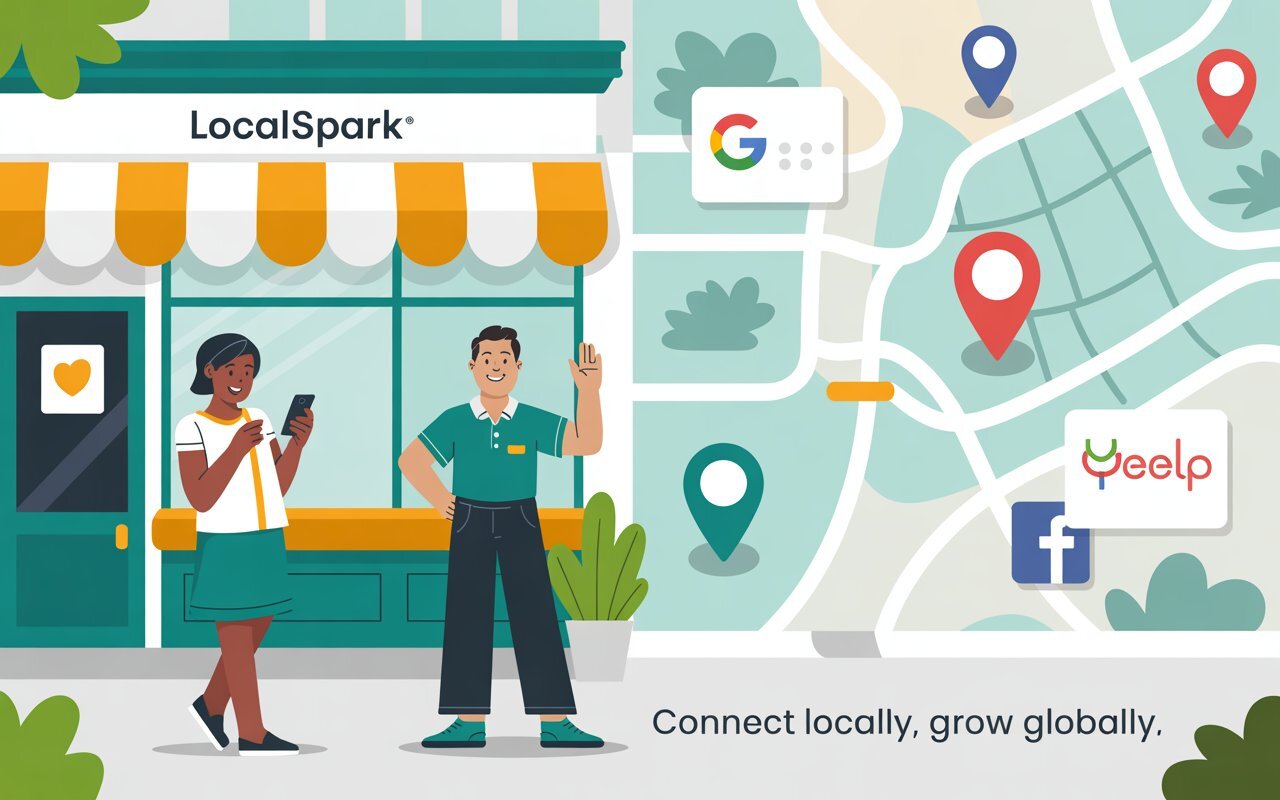If you run a small or medium-sized business, you already know how challenging it can be to get consistent customers. This is where local lead generation comes in. By targeting the right people in your area, you can attract high-quality leads who are genuinely interested in your products or services. In this beginner-friendly guide, we’ll break down what local lead generation is, why it matters, and how you can implement it step by step to grow your business.
What is Local Lead Generation?
Local lead generation is the process of attracting and converting potential customers within a specific geographic area into qualified leads. These leads could be people searching for services near them, walking into your store, or contacting you through online channels.
For example, if you own a restaurant, your goal isn’t to attract diners from across the country—you want people in your city or neighborhood to find you. That’s exactly what local lead generation helps with: reaching the right audience at the right time.
Why Local Lead Generation Matters for Small Businesses
For beginners, it’s important to understand why this process is so powerful:
High-quality leads: Instead of reaching a broad, global audience, you’re connecting with people who are likely to buy from you.
Cost-effective marketing: You save money by targeting only local prospects rather than spending on large-scale campaigns.
Competitive advantage: Many small businesses don’t focus on local digital marketing. Doing it right gives you an edge.
Improved conversions: Local customers often prefer nearby businesses, which increases your chances of closing sales.
Step 1: Identify Your Target Audience
The first step in local lead generation is defining your audience. Think about:
Age, gender, and income level
Location (city, town, or even neighborhood)
Buying behavior and interests
Pain points and needs
When you know who your customers are, you can create tailored campaigns that resonate with them.
Step 2: Optimize Your Website for Local SEO
Your website is the foundation of local lead generation. To ensure people can find you:
Include your business name, address, and phone number consistently across your site.
Use location-based keywords like “best dentist in Chennai” or “Tirunelveli digital marketing services.”
Create location-specific landing pages if you serve multiple areas.
Add a Google Map embed to your contact page for easy directions.
This helps search engines connect your business to local searches.
Step 3: Claim and Optimize Your Google Business Profile
Google Business Profile (formerly Google My Business) is a game-changer for local visibility. Make sure to:
Claim your business profile
Add accurate contact details, business hours, and website link
Upload high-quality images of your store, products, or services
Encourage satisfied customers to leave reviews
Positive reviews build trust and push your business higher in local search rankings.
Step 4: Leverage Social Media for Local Engagement
Social platforms like Facebook, Instagram, and LinkedIn are excellent for local lead generation. You can:
Share location-specific content (events, promotions, community updates)
Run geo-targeted ads to reach users in your city or neighborhood
Join local groups and communities to establish authority
Engage with customer comments and messages promptly
This builds stronger relationships and drives more leads to your business.
Step 5: Use Paid Advertising for Faster Results
While organic strategies are important, sometimes you need quicker results. Running local PPC (Pay-Per-Click) ads can help. Platforms like Google Ads and Facebook Ads let you target users by location, age, and interests.
For example:
A salon in Coimbatore can run ads targeting “hair spa near me.”
A gym in Bangalore can advertise to people within 5 km of their location.
Paid ads ensure your business appears right in front of local searchers actively looking for your services.
Step 6: Build Partnerships with Local Businesses
Networking with other businesses in your area can help generate referrals. For example:
A wedding photographer can partner with local florists or event planners.
A digital marketing agency can collaborate with website designers or IT firms.
These partnerships create win-win opportunities and expand your reach.
Step 7: Track and Optimize Your Results
The key to successful local lead generation is tracking performance. Use tools like Google Analytics, Facebook Insights, or CRM systems to measure:
How many leads are coming in
Which channels (SEO, social, ads) are working best
Conversion rates and customer lifetime value
Regularly review your campaigns and adjust them to maximize ROI.
Common Mistakes to Avoid in Local Lead Generation
Even beginners can avoid pitfalls by keeping these in mind:
Ignoring mobile users: Most local searches happen on smartphones—ensure your website is mobile-friendly.
Inconsistent NAP (Name, Address, Phone): Mismatched details across directories hurt rankings.
Neglecting reviews: Bad or unanswered reviews can damage credibility.
Overlooking follow-up: Collecting leads is only half the battle—nurturing them is equally important.
Final Thoughts
Local lead generation doesn’t have to be complicated. By understanding your audience, optimizing your digital presence, leveraging social media, and building relationships, you can consistently attract qualified leads in your area.
Start with small steps, stay consistent, and measure your progress. Over time, you’ll see your business grow with a steady flow of local customers.


